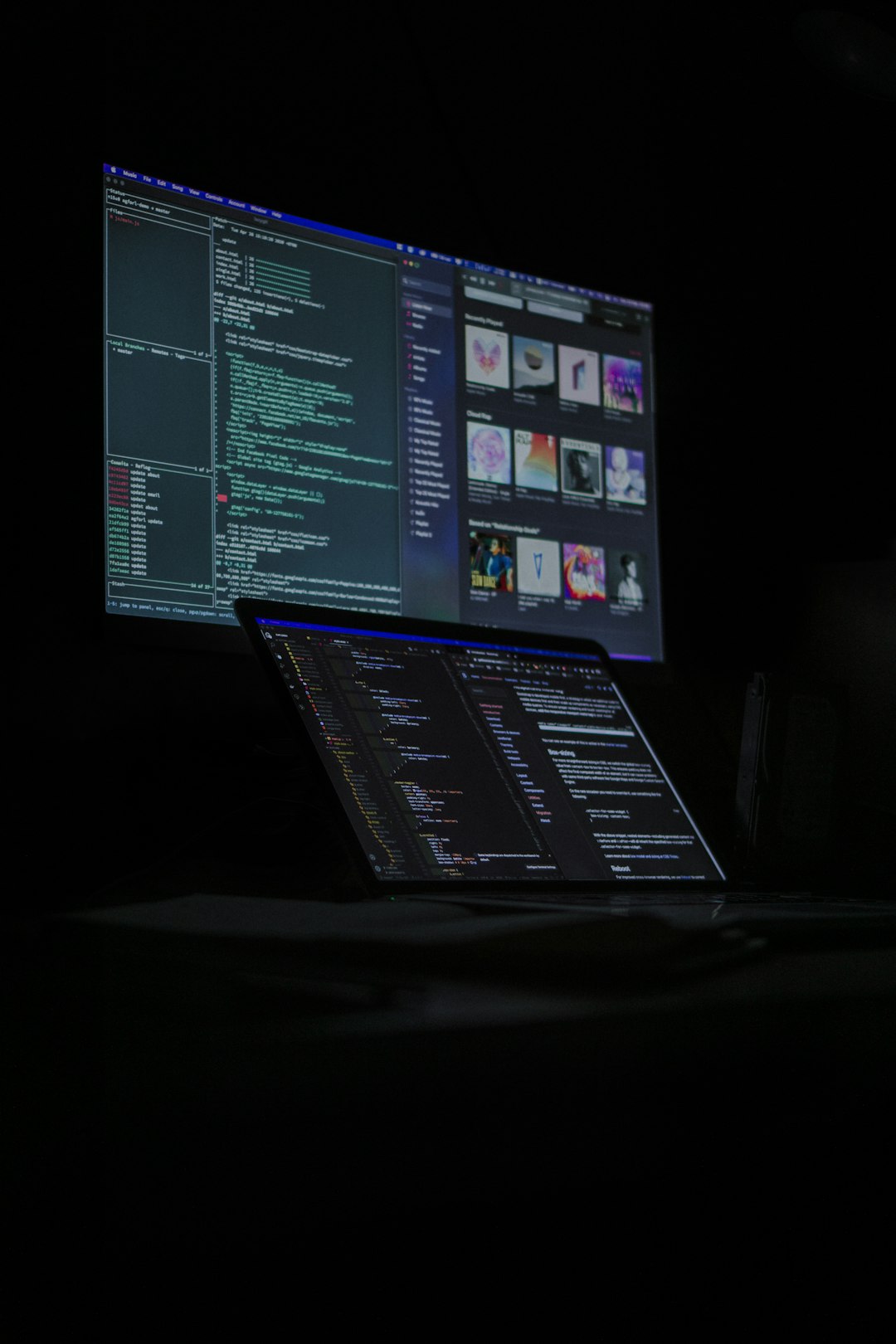You power on your computer, expecting the usual startup sequence, but instead, you’re greeted with a cryptic message: “Operating System Loader Has No Signature”. If you’ve encountered this error, you’re not alone. It’s a relatively common problem, especially on modern systems that use UEFI firmware and Secure Boot. Thankfully, while the message may sound intimidating, the fix is often straightforward. In this guide, we’ll walk you through various methods to resolve the issue and get your system running smoothly again.
What Does the Error Mean?
The “Operating System Loader Has No Signature” error typically appears when Secure Boot is enabled in the BIOS or UEFI firmware settings. Secure Boot is a security feature that ensures only trusted, cryptographically signed software can load during the boot process. When your system encounters a bootloader that lacks a valid digital signature, it blocks the operating system from loading and throws this error.
This can happen for a number of reasons including:
- The operating system loader was tampered with or corrupted.
- You recently installed a new bootloader (such as GRUB) that isn’t signed.
- Your system’s Secure Boot settings are too restrictive.
- You’re using a custom or older OS installation that doesn’t support Secure Boot.
Steps to Fix the Error
Below are multiple methods to resolve the issue. Try these in order, and you may be able to fix the problem without reinstalling your operating system.
1. Disable Secure Boot in BIOS/UEFI
This is often the easiest and quickest solution.
- Reboot your system and enter the BIOS/UEFI settings. This usually involves pressing F2, Del, Esc, or F10 during startup.
- Navigate to the Boot or Security tab.
- Find the Secure Boot option and change it to Disabled.
- Save and exit.
Once done, your system should be able to boot non-signed bootloaders without issue.

2. Use Signed Bootloaders
If you need Secure Boot to remain enabled (for example, for enterprise security compliance), you’ll need to ensure your bootloader is correctly signed.
- Use bootloaders like shim that are signed and recognized by UEFI firmware.
- Install a Linux distribution that supports Secure Boot out-of-the-box. Popular examples include Ubuntu and Fedora.
- If you’re building a custom OS or bootloader, sign the bootloader yourself using a trusted certificate and enroll it in the system firmware.
3. Update Your BIOS/UEFI Firmware
Outdated firmware can sometimes misinterpret valid signatures or simply fail to support newer security features. Check your motherboard or system manufacturer’s website for updates:
- Identify your BIOS/UEFI version.
- Download the latest firmware from the official site.
- Follow the instructions provided to safely update the firmware.
4. Boot from a Live USB and Repair the Bootloader
If the error stems from a corrupted or improperly configured bootloader, use a live USB to boot and repair the affected partition.
- Create a bootable USB with your operating system’s recovery tools (e.g., Windows install media or a Linux live disk).
- Boot into the USB and open a terminal or command prompt.
- Repair or reinstall the bootloader. For Windows, use bootrec /fixboot. For Linux, reinstall GRUB using grub-install.

5. Reset BIOS/UEFI Settings to Default
If all else fails, resetting your BIOS/UEFI settings back to their factory defaults can fix misconfigured Secure Boot and boot priority settings.
- Enter BIOS/UEFI setup.
- Look for the option to “Load Setup Defaults” or “Reset to Factory Settings”.
- Save and reboot.
Bonus Tips
- Backup your data before making major changes to bootloaders or firmware settings.
- Check your system manual for specific BIOS/UEFI key shortcuts.
- If you’re dual-booting, ensure that both operating systems are installed in the same boot mode (UEFI or Legacy).
Conclusion
While the “Operating System Loader Has No Signature” error can be alarming, it’s usually resolvable with just a few configuration tweaks. Whether you choose to disable Secure Boot, update your firmware, or repair the bootloader, approach each step carefully. Rest assured, with the above methods, you’ll most likely have your system up and running in no time.
Understanding the interaction between Secure Boot and your OS bootloader not only helps you fix this issue but also equips you to better secure and troubleshoot your system in the future. Stay informed, and happy computing!



